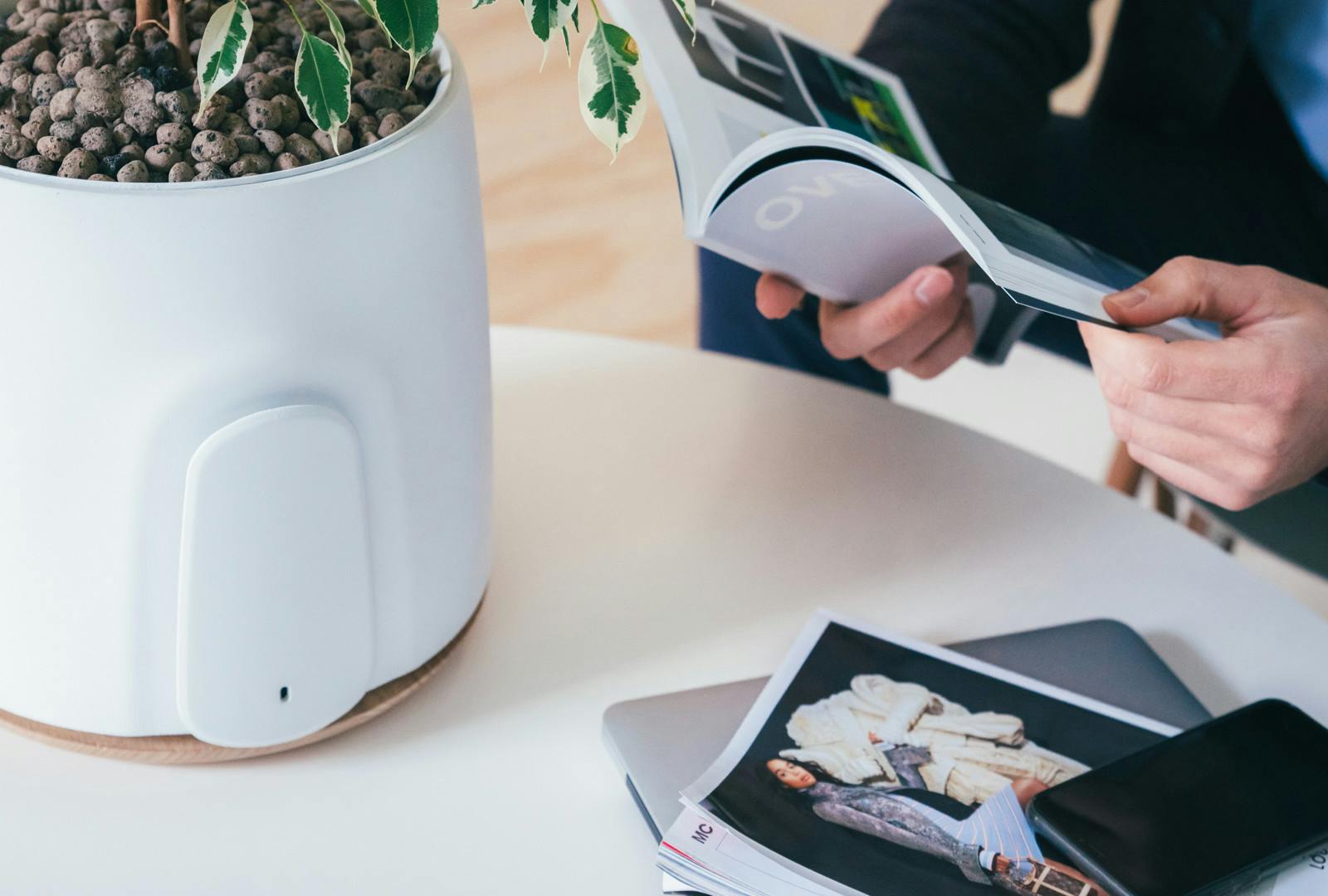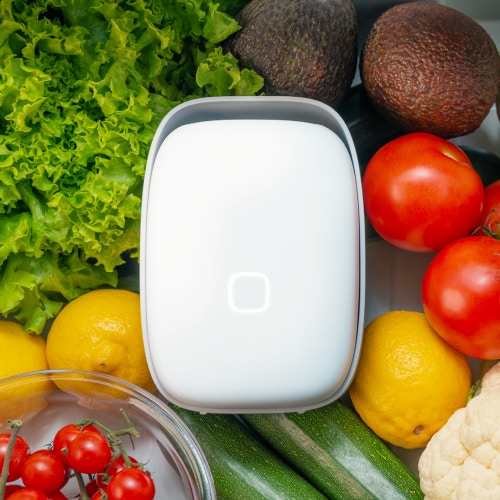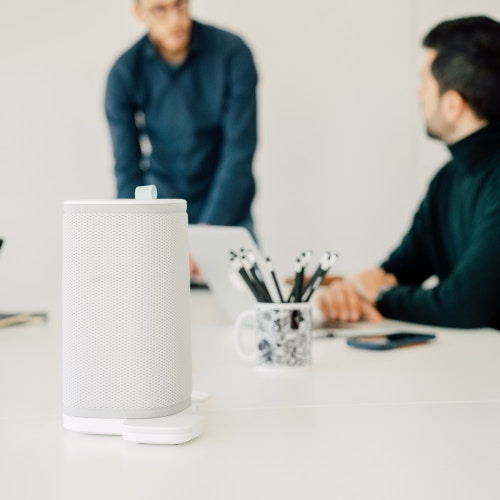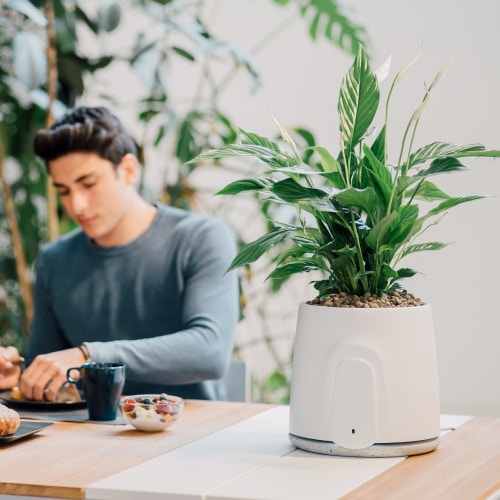
Technology and nature unite in the fight for cleaner indoor air
→
Can plants and technology get along? Let's find out how nature can clean your air from toxins in a smart way.
Technology is often portrayed as an antagonist to nature, but what if human beings could turn this idea around, harnessing the power of technology to make indoor life a cleaner, better place? The truth is that if ever there was a time to rely on its power to make a difference, that time is now. Americans and Europeans spend around 90% of their time indoors, but sadly, as stated by the Environmental Protection Agency, the air inside can be between two and five times more polluted than it is outside.
The everyday items we use to live and survive can contain toxins, including gases emitted from wood and soft furnishings, toxic cleaning products, and smoke from fireplaces. The Natede Smart Natural Air Purifier is the perfect marriage of technology and nature since it does one very unique thing: eliminates 93% of volatile organic compounds, and 99% of viruses, fine particulates, and odors.

New times require new technology
Doing your best to lower the toxic overload in your home is one thing, but it is impossible to do so completely (or almost completely) without the help of a good air filter. Fine particulate matter, pet dander, and dust mites are all so tiny that they are invisible to the human eye.
However, they can harm your health in many ways, with one study by Jonathan M Samet et al showing that indoor air pollution is linked to cardiovascular disease and respiratory disease. Air filters such as HEPA focus on trapping microparticles as small as 0.3 microns, and while this process can eliminate 99.97% of dust particles from indoor environments, it does not interact with plants in the way that newer systems can.
A key interaction between technology and nature
To improve the indoor air quality in your home, one important step is to fill it with plants. A 2018 study by Frederico Brilli found that plants improve air quality in several ways. They absorb CO2, release oxygen, increase humidity, and passively absorb toxins through their leaf pores. Brilli stated that although plants cannot replace ventilation, they should ideally be used alongside other technologies for optimal effect.
This is where the Natede air purifier steps in. In essence, it works by interacting with plants, amplifying the natural phytoremediation power of plants to eliminate VOCs from indoor air. This product, which bridges the divide between tech and organic life, is riding the eco-friendly purification wave, with more and more homes aiming to improve their health and make a positive difference to the planet.
Making small and big changes
In addition to embracing air purification in your home, you should develop a strategy to nip indoor air pollution in the bud. These can include easy changes (such as using clove-based essential oil blends like Thieves to clean your home instead of bleach) right through to larger ones (such as replacing dust-collecting carpets with sustainable wooden flooring). Ideally, wood-pressed furniture should be replaced with sustainable furniture made of sustainable materials like bamboo. Furniture should not contain toxic varnishes or paint, either. Upholstery, meanwhile, should ideally be made of wood, cotton or hemp, and sofas should not contain flame retardants.
To embrace a cleaner, purer home, start out by adding a little green to your living spaces, and combine this with a powerful air purifier that can harness plant energy to its fullest. Aim to reduce your reliance on toxic cleaning products, opting for equally effective yet natural products instead.
Credits: Jennifer Gloria




